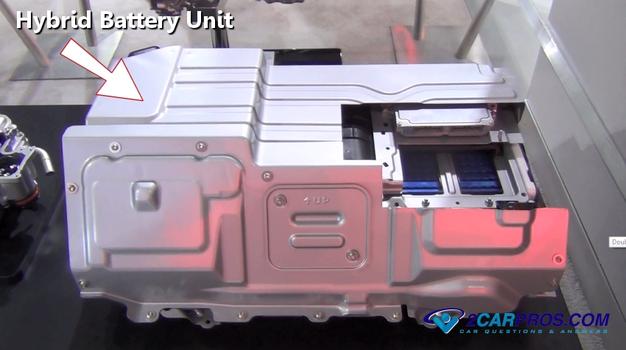How A Hybrid Car Works?
Hybrid Car
Working Of Hybrid Cars
Helpful Information
Hybrid cars and trucks are becoming more popular as petroleum based fuels are becoming more expensive to obtain while the world supply diminishes. The two most common sources in today's hybrid cars are gasoline and electric power. A definition of "hybrid" means more than one source of power, whereas an electric or gasoline car is fully powered from one source with no alternative power. A hybrid can be comprised of hydrogen and electric, petroleum fuel and electric or any other combination imaginable.
Advancements in battery technology has made the hybrid vehicle more efficient which has enabled the automotive industry to develop their own hybrid versions. Additionally, a hybrid's brake system is regenerative, the energy normally lost through friction and heat is now directed to the batteries. Unlike the batteries of a conventional car, the battery of a hybrid car differs in the internal structure which increases the amount of energy stored.
The electrical system of a Hybrid incorporates high-speed communication buses (communication area network CAN) to facilitate a connection between the computers of the multi-layered control system.
Step by step guide on how a hybrid car works, this information pertains to all hybrid vehicles.
Step 1 - The hybrid vehicle has been in production since the introduction of automotive grade rechargeable batteries. There are several styles of hybrid vehicles with several combinations of electric and internal combustion engines.

Hybrid Car - Chevrolet Volt
Step 2 - Most hybrid vehicles feature an internal combustion engine much like an ordinary car, whereas the transmission is modified to utilize electric power.

Hybrid Engine and Transmission
Step 3 - The gear selector is similar to a conventional vehicle with the exception of a park button and battery mode.

Gear Selector
Step 4 - Hybrid vehicles are designed with a long life, quick charge batterypacks designed to produce high voltage and amperage to accommodate the electric motor.

Hybrid Battery
Step 5 - Power cables connect the battery unit to the power inverter control.

Power Cables
Step 6 - Power is supplied to the power inverter which is responsible for controlling the amount of electrical power to be used by the electric motor and other systems.

Power Inverter
Step 7 - Charging stations like this one or becoming more popular as the hybrid revolution becomes more prevalent.

Hybrid/Electric Charging Station

Hybrid Car - Chevrolet Volt

Hybrid Engine and Transmission

Gear Selector
Step 4 - Hybrid vehicles are designed with a long life, quick charge batterypacks designed to produce high voltage and amperage to accommodate the electric motor.

Hybrid Battery

Power Cables

Power Inverter

Hybrid/Electric Charging Station
Comments
Post a Comment